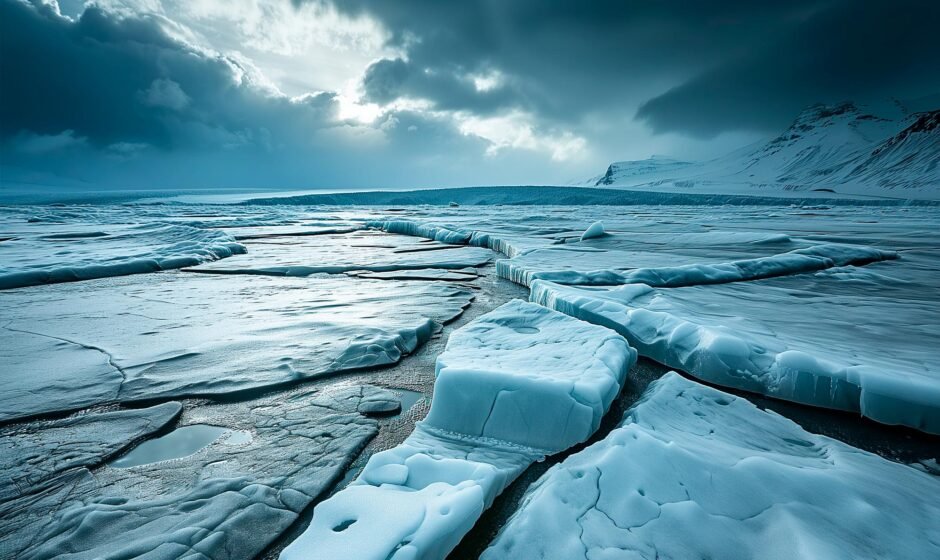A new study suggests that injecting aerosols into the stratosphere could potentially reduce ice sheet melting caused by climate change. However, this geoengineering approach is controversial as it focuses on addressing the symptoms rather than the underlying causes of global warming, and its impacts on natural systems are uncertain.
The effects of global warming include sea-level rise due to the melting and retreat of Earth’s ice sheets and glaciers. This could lead to uninhabitable coastal areas unless significant coastal modifications are made. To avoid this scenario, carbon emissions need to be reduced to a net negative state, which is challenging under current circumstances.
Geoengineering techniques, such as stratospheric aerosol injection (SAI), are proposed as drastic measures to mitigate the effects of climate change. SAI involves artificially introducing aerosols into the stratosphere to create a cooling effect and increase the Earth’s albedo (reflectivity). However, the full benefits and potential drawbacks of these interventions are not yet fully understood due to limited knowledge about natural cycles.
A team of international researchers, led by Professor John C. Moore from the University of Lapland, Finland, and Professor Ralf Greve from the Institute of Low Temperature Sciences at Hokkaido University, used simulations to investigate the effects of SAI on ice sheet melting. Their findings were published in the Journal of Geophysical Research: Earth Surface.
The researchers used the SICOPOLIS model to simulate changes in the Greenland Ice Sheet between 1990 and 2090 under three different scenarios: RCP8.5 (worst-case scenario with unabated warming), RCP4.5 (intermediate scenario possibly achievable under current conditions), and GeoMIP G4 (RCP4.5 plus the injection of 5 million metric tons of sulfur dioxide per year into the stratosphere from 2020 to 2070).
The simulations showed that SAI of sulfur dioxide would have a protective effect on the Greenland Ice Sheet. Under RCP8.5, ice loss would result in approximately 90 mm of sea-level rise, while under RCP4.5, it would lead to around 60.6 mm of sea-level rise. However, under GeoMIP G4, ice loss would be limited to approximately 37.6 mm of sea-level rise. Similar results were obtained when the scenarios were tested with a different model, Elmer/Ice. The margins of the ice sheet would benefit the most from GeoMIP G4.
While the study demonstrates that SAI could contribute to the protection of the Greenland Ice Sheet and potentially other ice covers on Earth, geoengineering remains a highly contentious topic. It only addresses the symptoms of global warming and may delay the necessary changes to address the root causes. Additionally, due to the complexity of natural systems on Earth, it is impossible to predict all the positive and negative outcomes that could arise from such interventions.
The study was funded by various organizations, including the National Key Research and Development Program of China, the State Key Laboratory of Earth Surface Processes and Resource Ecology, the Finnish Academy COLD consortium, the Japan Society for the Promotion of Science, the Ministry of Education, Culture, Sports, Science and Technology of Japan, and Hokkaido University.




